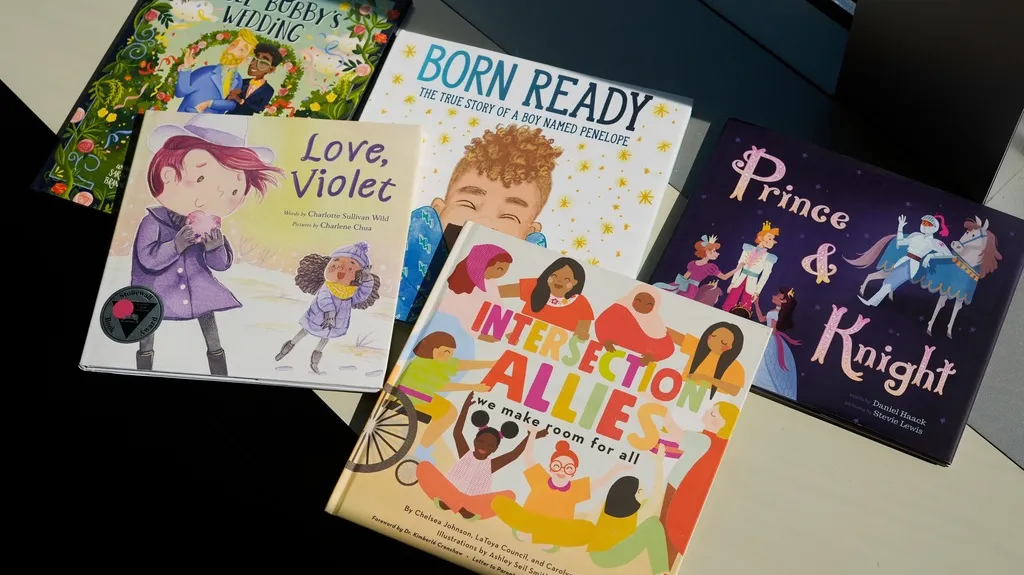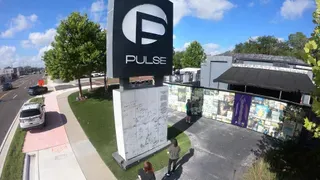November 22, 2017
Hard to Believe: Some Consumers Find Free Health Insurance
Ricardo Alonso-Zaldivar READ TIME: 4 MIN.
Consumers are getting the word that taxpayer-subsidized health plans are widely available for next year for no monthly premium or little cost, and marketing companies say they're starting to see an impact on sign-ups.
"Free Obamacare Coverage in 2018," says an online pitch from insurance broker eHealth, showing a young woman with a big smile. "See if you qualify."
HealthSherpa, a private website that focuses on signing people up for Affordable Care Act coverage, said nearly 1 in 5 of its customers thus far will be paying no monthly premium. That's a change from last year, when the share was about 1 in 7. More consumers also are finding plans for under $25 a month.
Analysts say the odd phenomenon is a wild card that could boost enrollment in the program, although it's too soon to tell. The ACA offers taxpayer-subsidized private insurance to low- and middle-income people who don't have coverage on the job. About 10 million people are enrolled.
It's another twist in a year in which the Obama health law has managed to survive despite rising premiums, dwindling insurer participation and President Donald Trump's predictions of a swift and sure demise.
What's more, experts say wider availability of no-premium plans is the unintended consequence of Trump administration actions to undermine the ACA.
The president stopped reimbursing insurers for reduced copays and deductibles, available to people with modest incomes purchasing a "silver" ACA plan. Sure enough, that has boosted premiums for silver plans. But government subsidies also shot up, because they're pegged to the cost of silver plans.
The bigger available subsidies mean that cheaper "bronze" plans can increasingly be had for no monthly premium, after consumers subtract their subsidy from the list price.
It's like pushing down on one end of a see-saw, and the other end goes up.
In some cases, "gold" plans offering enhanced protection against the costs of illness are also available for free to people whose incomes qualify them for financial assistance.
Dillon Vatick said he couldn't believe it as he shopped online recently for next year's health plan. Vatick is a computer science student who lives in Jacksonville, Florida. He qualified for a monthly subsidy of about $280 and he found a bronze plan with a premium of less than $270.
"My health care is technically free," said Vatick.
"Was it too good to be true?" he said he asked himself when he first saw the numbers. "Sure enough, it wasn't."
Vatick said bronze plans aren't for everybody because they come with very high deductibles. But he's in his 20s and figures he won't be going to the doctor much. He said he had been paying about $80 a month for coverage.
At Lighthouse Insurance Group, an agency with national reach, CEO Jason Farro said they're seeing a shift to bronze plans. The share of customers picking bronze has more than doubled this sign-up season, to about 27 percent from under 12 percent last year.
Online insurance broker eHealth says it is seeing a similar trend among younger consumers aged 18-24.
"The shift in young people in particular tells me that we are seeing new people come out," said Nate Purpura, vice president of marketing at eHealth. "That's been the toughest segment to get into this market, and nothing sells like free."
Brokers and insurers could play a bigger role in sign-ups this year, because the Trump administration has made it easier for them to process enrollments. That might offset cuts in government funding for nonprofit sign-up counselors. Open enrollment is off to a solid start, with about 1.5 million people signed up in the first two weeks.
At HealthSherpa, a technology company that focuses on ACA enrollments, CEO George Kalogeropoulos said he's been paying the staff overtime to keep up with what has been unexpectedly strong consumer demand.
"There's a narrative that this coverage is unaffordable," said Kalogeropoulos. "But for most of the people signing up it is affordable by most metrics. It's been too politicized."
Standard & Poor's analyst Deep Banerjee said it's possible that "free" plans or simply more knowledge about the subsidies may drive enrollment higher, but it's too early to tell.
The federal Health and Human Services Department said at this point it doesn't have the data breakouts to tell if there is a broader shift to bronze plans this year.
The free coverage angle may seem like a cruel joke to nearly 7 million people who buy individual health insurance plans but aren't eligible for financial assistance from the government. They're left facing sticker price premiums that in some cases rival the size of a mortgage payment.
Insurance brokers say some of those people appear to be turning to short-term plans that offer temporary coverage with limited benefits. It's unclear if a bipartisan Senate bill that aims to reduce ACA premiums will advance in a polarized Congress.
"Clearly the ACA isn't perfect - it needs fixes," said Kalogeropoulos. "Our view is that the ACA is landmark legislation, but it's going to take three or four revisions to get it right."
Open enrollment for next year ends Dec. 15.






